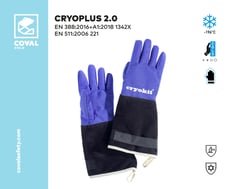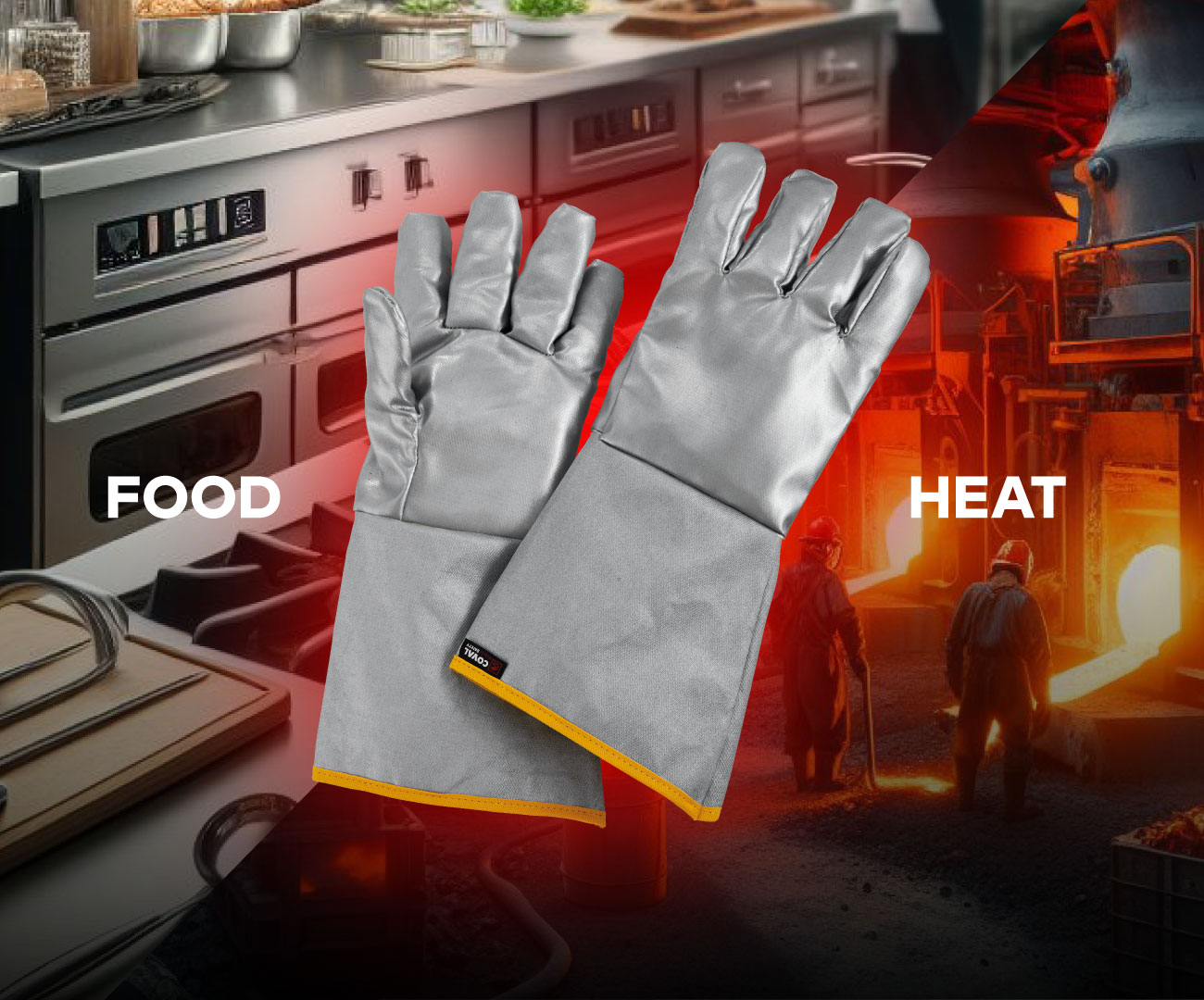The Various Applications of Cryogenic Gloves


In the broad spectrum of protective clothing, there exists a segment of products that stands out for its innovation and versatility: cryogenic gloves. But what exactly are cryogenic gloves and why are they so important for those working in extremely cold environments or handling materials at low temperatures?
Let's begin by defining the concept of cryogenics: it is the science that studies phenomena and materials at extremely low temperatures, close to absolute zero (-273.15°C). Cryogenic gas, such as liquid nitrogen or helium, is used to achieve these extreme temperatures, creating a suitable environment for various industrial processes, scientific research, and medicine.
How to Approach Cryogenic Environments
Cryogenic environments pose a unique challenge: tackling these environments requires not only attention to personal safety but also careful planning and the use of specialized equipment.
Wearing appropriate protective clothing is crucial to protect oneself from low temperatures: cryogenic gloves, specially designed to withstand low temperatures, are a fundamental component of protective clothing in cryogenic environments.
Cryogenic Gloves: Features and Applications
In these extreme conditions, cryogenic gloves become the ideal ally for worker safety. A quality product ensures the safeguarding of the work environment and therefore greater peace of mind during the operational phase.
Cryogenic PPE find application in various sectors:

Production and Transport of Liquid Gases: Cryogenic gloves allow operators to manipulate valves, pipes, and equipment safely and comfortably, protecting their hands from low temperatures and the hazards associated with potential splashes of liquid gases.
Scientific Research, Medical Technologies: In environments where drugs sensitive to temperatures are produced, cryogenic gloves are essential for precisely manipulating materials and ensuring the safety and quality of the final product. Another example of use is cryotherapy for skin treatment, or the cryopreservation of genetic samples.
But what are the characteristics that make cryogenic gloves so effective and reliable?
First and foremost, they must be made with high-quality insulating materials, capable of retaining body heat and protecting the hands from low temperatures. Additionally, they must offer good flexibility and tactile sensitivity to allow for precise manipulation of even very small objects, such as laboratory test tubes.
Coval Safety Cryogenic Gloves
At Coval Safety, we have developed a line of products to better address extreme cold conditions, grouped under the Coval COLD line.
 CRYOPLUS cryogenic gloves represent a primary solution for safety in environments with very low temperatures. Made with cold-resistant fabric, suede cuff, and adjustable Velcro strap, CRYOPLUS gloves feature an internal lining composed of highly insulating materials, including a membrane that makes the glove waterproof and resistant to liquids and splashes of cryogenic gases.
CRYOPLUS cryogenic gloves represent a primary solution for safety in environments with very low temperatures. Made with cold-resistant fabric, suede cuff, and adjustable Velcro strap, CRYOPLUS gloves feature an internal lining composed of highly insulating materials, including a membrane that makes the glove waterproof and resistant to liquids and splashes of cryogenic gases.
 Another product in the Coval range is CRYOLITE-HP: these are cryogenic gloves made of water-repellent full-grain leather and suede cuff, designed to tackle the most extreme challenges that the industrial sector can offer.
Another product in the Coval range is CRYOLITE-HP: these are cryogenic gloves made of water-repellent full-grain leather and suede cuff, designed to tackle the most extreme challenges that the industrial sector can offer.
They are also resistant to contact heat up to 250°C, making them suitable for multiple uses.
 Another option is offered by CRYOKIT gloves, produced using a special fabric which, combined with the insulating lining and internal membrane, ensures resistance to splashes of cryogenic gases and considerable flexibility and manageability.
Another option is offered by CRYOKIT gloves, produced using a special fabric which, combined with the insulating lining and internal membrane, ensures resistance to splashes of cryogenic gases and considerable flexibility and manageability.
All our products for cryogenic environments undergo rigorous testing: in particular, gloves are subjected to a test involving contact with liquid nitrogen at temperatures of -195.82°C: a rigorous test to ensure performance even in extreme conditions.




